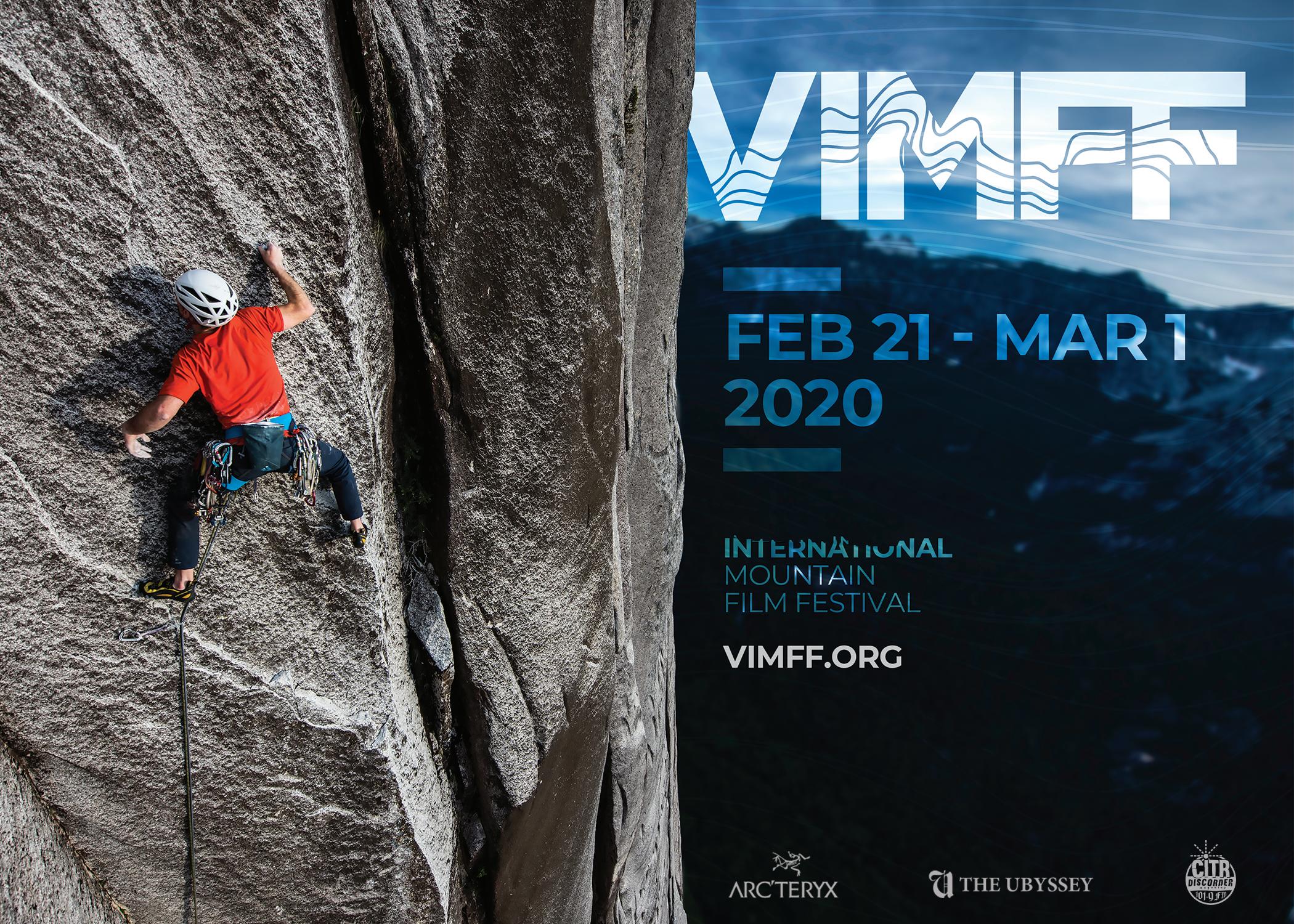
7 minute read
From Great Farm Trek to Climate Strike
From Great Farm Trek to Climate Strike: A reported history of student environmental organizing at UBC
Words by Emma Livingstone Illustration by Shereen Lee O n the south side of campus in Wesbrook Village, surrounded by ever-expanding housing developments, sits the Centre for Sustainable Food Systems at UBC Farm. Now recognized as an important pillar in UBC’s sustainability and research initiatives, the future of the farm’s 24 hectares was facing uncertainty just 12 years ago.
Advertisement
The 1997 Official Community Plan for the University Endowment Lands designated the land in Wesbrook Village — which is itself stolen, ancestral, traditional and unceded Musqueam land — as potential future housing developments. As the uncertainty of the farm’s existence heightened, UBC students began to organize under one clear message: save the farm.
The AMS club, Friends of UBC Farm, increased pressure on university administration and the Board of Governors (BoG) in 2008. On October 28 of that year, they brought a stack of petitions totalling over 16,000 signatures supporting keeping the farm to then-UBC President Stephen Toope and then-VP External, Legal and Community Relations Stephen Owen. The campaign expanded to draw support from the wider community, including Dr. David Suzuki, a former UBC professor in the department of zoology. The protests even encouraged Metro Vancouver to weigh in.
On October 31, 2008, the Metro Vancouver Board voted in favour of sending a letter to UBC that supported keeping the farm. On December 1, 2008, the BoG issued a media release saying the farm would not be turned into market housing, so long as development plans in other areas kept UBC in line with the community plan.
This momentum led to the Great Farm Trek on April 7, 2009, which organizer Matt Filipiak, a graduate student at the time, told The Ubyssey was “a celebration demonstration.” During the demonstration over 2,000 students, staff, faculty and community supporters marched from the Student Union Building to the UBC Farm to celebrate and appreciate the farm’s significance on campus. Student movements for sustainability and environmental initiatives continue today at UBC, more than a decade after the success of the Great Farm Trek. Many different student
groups have popped up over the years to adovcate around different environmental topics, from styrofoam to nuclear bombs and fossil fuels.
Now protests and demonstrations are also increasingly taking place. According to UBC history PhD candidate Henry John, “universities have often been the centre point for social movements as a whole,” including environmental movements.
THE BEGINNINGS
Most historians agree that what is commonly understood as the environmental movement in the West started in the 1960s along with other social movements.
At UBC, inklings of environmental activism can be traced back to the 1960s, with students worried about the effects of pollution. A 1969 article in The Ubyssey described the UBC Society for Pollution and Environmental Protection as wanting to “actively wage war against pollution.”
Worries about a possible nuclear explosion also plagued people’s minds and tied into concerns about the environment both at UBC and across
Vancouver. Notably, Greenpeace, an international environmental NGO, traces its roots to Vancouver in the 1970s.
UBC students were among those who got involved in the organization’s mandate to “bear witness” to environmental degradation with their fishing boat journeys to observe the testing of nuclear bombs and the hunting of whales.
At UBC, the 1970s saw environmental topics such as clearcut logging and fossil fuels on the minds of students.
John explained that, the 1970s are becoming known as “the environmental decade.”
“Not just questions of environmentalism nature, nature protection, animal rights [and] pollution came about,” he said. “But there was also a growth of ideas and politics, focusing on questioning the limits of human resource use,” he said, adding that the 1970s’ Oil Crisis worried people into thinking oil would run out.
The environmental movements of the 1960s began to gain traction in the mainstream in the late 1980s and 1990s.
The AMS Student Environment Centre (SEC), which is now an AMS resource group, was set up in 1989 with the goal of getting rid of styrofoam cups. In 1989 SEC member James Young told The Ubyssey, “Our basic purpose is rid students of the idea that we live in a disposable society.”
Sustainability movements also started emerging in the 1990s among students and the wider university. In 1997, UBC became the first Canadian university to adopt a sustainability policy.
But these histories are Western-centric and disregard the Indigenous and First Nations communities all over the world who have long been defending lands and waters.
“Now that it’s come to the forefront of worldwide news because of the spotlight that was put on [Greta Thunberg] … reflects this colonialist structure that we can only really pay attention to these problems if they’ve been exacerbated by someone who has the ability to be in the forefront of these headlines,” said Kennedy Tuccaro, a first-year Allard law student and member of the Mikisew Cree First Nation.
MOVING TOWARDS THE FUTURE

Today, environmental activism on campus is growing more prominent than ever, matching urgent reports from the scientific community.
The 2019 UN Emissions Gap Report saw more global emissions despite previous promises to cut them, and another report by the World Meteorological Organization found 2019 to be the second-hottest year on record. Activism by young people, especially young Indigenous activists and activists of colour, is also leading the charge in many parts of the world. Besides the mainstream media’s focus on Greta Thunberg, water warrior Autumn Peltier from the Wiikwemkoong First Nation and artist-activist Ta’Kaiya Blaney from the Tla’amin First Nation have been vocal climate advocates for years.
At UBC, the September 27 Climate Strike was a particularly visible example of community activism, with thousands of campus members joining over 80,000 attendees in the broader Vancouver strike.
Gabby Doebeli, a co-chair of the UBC Social Justice Centre (SJC), said the large crowds at the climate strike speaks to the urgency most young people are feeling about the climate crisis.
But outside of protests and demonstrations like the climate strike, many student groups are quietly working on their own sustainability and education initiatives, whether that is by sorting through the Nest’s garbage like Common Energy or running a locally sourced, community cafe like Sprouts and Seedlings. But direct action still remains a large portion of UBC activism. UBCC350, a student-led climate activist group, has been using it to campaign for fossil fuel divestment. Showing up in larger and larger numbers at each meeting, the group has demonstrated publicly and loudly presented their demands.
This December, UBC President Santa Ono declared a climate emergency and the Board committed to explore complete divestment from fossil fuels. UBCC350 member Michelle Marcus reflected on the years of student activism that made it possible. “[The motions] wouldn’t have happened without years of student and faculty pressure. These motions today were a direct result of the divestment
movement and relentless organizing by students and faculty over the past six years,” she told The Ubyssey. But, according to Doebeli, the work is far from over.
“So [climate justice is] recognizing that Indigenous sovereignty, migrant rights, racial justice ... and economic justice are inherently bound up together when we talk about the climate crisis and really talking about the climate crisis in
a way that recognizes its roots in … colonialism [and] capitalism,” she said.
“But it’s really pushing the envelope and rejecting the status quo as as as an option.”
According to John, linking environmentalism in Canada to decolonization and Indigenous land rights is “a fundamental piece of the picture.” It’s also been extremely central to Indigenous-led activism

around pipelines such as the Trans Mountain Expansion and the Coastal GasLink pipeline, both of which UBC students have taken part in.
“Part of pushing the narrative of climate justice is working, or striving to align ourselves with Indigenous defenders who are on the front lines,” said Doebeli. U
— With files from Andrew Ha and AMS Archivist Sheldon Goldfarb.
FREDERICWOOD THEATRE, UBC
















FEB 27, 7:30PMFEB 25, 7:30PM UBC SKI SHOW UBC CLIMBING SHOW Livepresentation from local skierand photographerReuben Krabbe, plusski filmsfrom around theworld. Local climbersKim & Graham McGrenere presenton their‘Project Armenia’ along with climbing filmsfrom around theglobe.











